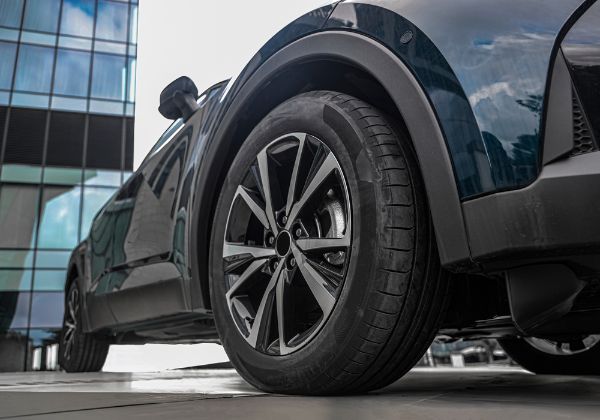Brakes don’t fail silently, they often send subtle signals long before a serious problem develops. Understanding these signals can help you recognize when it’s time for professional brake repair at Auto Connection in Lincoln before safety or comfort are compromised. Your brakes are constantly communicating, and learning how to listen can prevent frustrating or dangerous situations down the road.
Why Brakes Speak in Signals
Your braking system is made up of multiple components working together in harmony. Pads, rotors, calipers, and hydraulic lines all contribute to smooth, reliable stopping. When even one part begins to wear down or lose efficiency, the entire system adapts and sends messages to alert you. These warnings can show up as sounds, smells, or unusual feelings in the pedal and steering wheel.
Common Warning Signs of Brake Trouble
Here are some of the most common signals that indicate brake repair may be needed:
- Squealing or grinding sounds – High-pitched squeaks often mean the brake pads are worn, while grinding could indicate contact between metal components.
- Soft or spongy pedal – A pedal that feels soft, sinks too easily, or pulsates can signal air or moisture in the brake lines or early hydraulic issues.
- Pulling to one side – A vehicle that drifts when braking may have uneven wear, a stuck caliper, or misaligned components.
- Unusual vibrations – Pulsing in the pedal or steering wheel can indicate warped brake rotors or uneven pad wear.
- Burning smell – A sharp, chemical-like odor after frequent braking may mean overheated parts or brake fluid issues.
Even subtle changes, like a faint squeak that only appears in cold weather, shouldn’t be ignored. Brakes communicate in ways that aren’t always obvious at first, so attention to detail matters.
Why Timely Brake Repair Matters
Addressing brake problems early doesn’t just restore smooth performance, it prevents minor issues from escalating. Reliable brakes ensure steady, controlled stops, better handling, and confidence on every drive. They also help protect other components of the braking system, such as calipers and rotors, from additional wear caused by delayed attention.
Trust the Experts for Reliable Brake Care
At Auto Connection, our trained technicians can inspect, diagnose, and perform the necessary brake repair to keep your vehicle in top shape. They can pinpoint whether the issue is worn pads, damaged rotors, or hydraulic concerns, and take the right approach to restore performance. Professional service ensures you experience consistent braking power and peace of mind whenever you need it.
Listen to What Your Brakes Are Saying
Think of your brakes as messengers, they are always communicating. Strange sounds, unusual pedal feel, or unfamiliar odors are all warnings that deserve attention. Staying alert to these cues keeps your braking system operating safely and reliably.
Don’t wait until the signals get louder. Schedule your brake repair at Auto Connection today through Auto Connection and keep every stop safe, smooth, and dependable.






